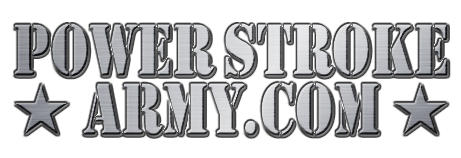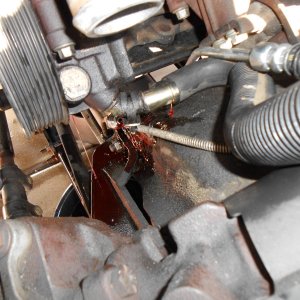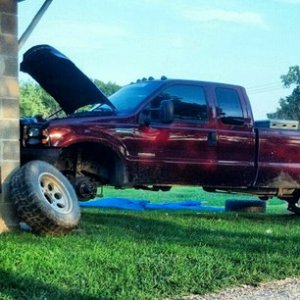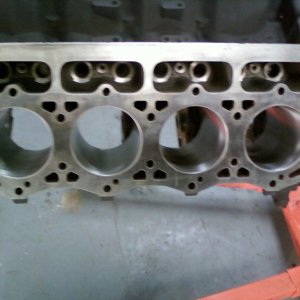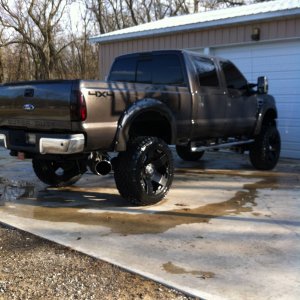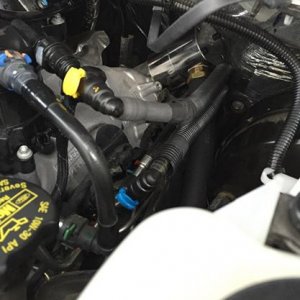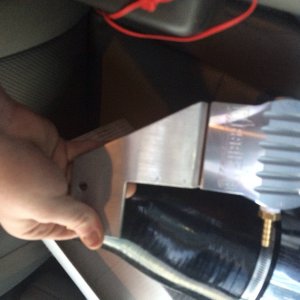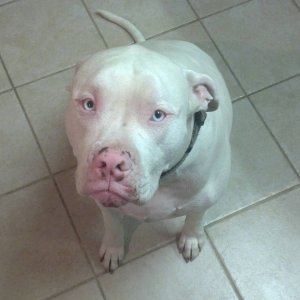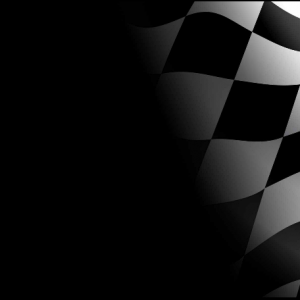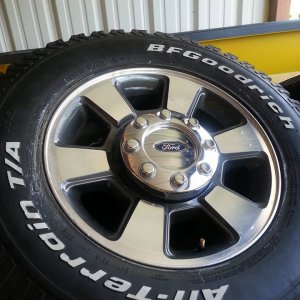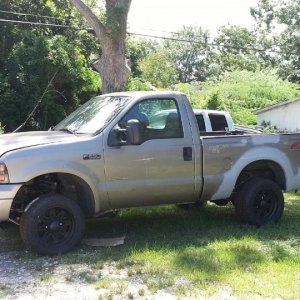Ty,
I agree with you on the areas such as not needing a tune etc. But I would think stock single shots would actually be the most reliable. Again I agree with other facts about no chip etc. You also almost never had the issue with the #7 injector until the split shots where brought into play IIRC. Again I agree if cost is a major concern and he never plans to have a chip etc.. Otherwise I would go with a single shot. Another thing is stock split shots can over take the hpop with a chip I tend to wonder what 30% larger nozzle would do. I would not want that with a weakish hpop. But I do get your point and the reason and direction.
I would say get the 30% over stock nozzle, if they are not much in added cost, and in single shot config. Not split shot. The tuner can always keep it turned down to whatever power level you want. He can make that thing only put out 100 hp if that is what you really want. Or he could make it push out to the limit of that injectors and everything in between. Do not forget in the end you have ultimate control with your right foot.
Brad,
Here is my thought. You are running a stock turbo, stock tranny. and a stock HPOP. That hpop maybe somewhat weak already or maybe its ok, who knows for sure right now. Single shots use far less HPOP oil thus if anything can make a HPOP last even longer and perf better during that time its the them.
The benefit of tunes ( if you speak to your tuner) is they could actually help your tranny live by increasing line pressure and snapping the shifts quicker so they do not slip as much. A tune can also actually defuel the injectors during hard throttle for that split second during the shift to back the power off while its shifting. Again he can also control power and specifically for the tranny tq.
As you are running a stock turbo and even a stock injector with tunes can push the turbo past its limits you really do not need more fuel ( IF YOU DO NOT GET BIT BY THE POWER BUG that is) The main reason for the 30% is just a stop gap incase down the road you wanted more power yet still keep price down and no add on's needed.
There are a few upgrades as you go that will actually improve not only the performance of your engine tranny but also improve its duty life. But you can worry about that down the road.
I personally, if you can afford to, would go with 30% single shot injectors from Nate@ Unlimited Diesel. They have a life time warranty which can put your mind at easy about issues with them down the road. Get your tunes as you stated from Matt. Matt recommends and has done a ton of work with tuning engines with Nate's injectors and one of the reasons I think it makes sense. I also have personal experience with both of them and rate them both extremely high. Talk to Matt about your concerns and have him set your tunes accordingly.
That should get you up and running.
Then once you have everything done and you have recovered from dumping the cash some things to help down the road:
First save up and purchase AutoEnginuity. If you plan to work on your own vehicles as it seems you are already doing you really need to have this. Maybe find someone to go into on it with you and you can split the cost. You can load the program on both computers and then only have to share the connector and USB cord for who is using it at the time. You have no idea how much headache that software will save you.
Get a set of gauges if you do not have them already. The basic trans boost egts.
Get a valve body from BTS or John woods from one of our distributors or direct. Maybe find a used one. This will go a long ways to helping your trans live longer.
As you are staying basically stock might as well keep the stock fuel bowl but you really need to get rid of the deahead setup so pick up the Riff Raff FRX. I prefer a full fuel system but this is quick and easy and with stockish injectors it will do the job. With those injectors your stock system will do the job. You could replace the connectors on the feed fuel lines prior to the fuel pump to prevent air intrusion as that would save you $$ over installing a new PU and hose.
Fuel filters. Just because its stated for fit the 7.3 fuel bowl does not mean it meets the Ford IH specs. Wix/NAPA are crap and bad micron ratings as well 14 mic nominal ( 50%) which means something like 16-18mic absolute at best. I strongly recommend Donaldson P550437 as it has a 5 mic 95% and 6-7 absolute rating and . Next would be to just go with the Ford OEM thus Racor which has the same basic perf as baldwin 10 mic 98%. Change this every 2 oil changes or 10K miles. This will go a long way to keeping your injectors from wear on the fuel side.
The next is something I have done for 20 yrs now any time I buy a vehicle ( almost never buy new) Change and flush ever fluid system and install new filters. There are a few reasons for this. One it gets you a point of reference as a starting point. No having to trust they dealer or person to have not used the cheapest crap they could find or not done it when they said they had. Second you would be surprised at what you can learn about the state of your vehicle by doing this. You are touching basically all the major parts as well as the fluid condition itself can be helpful.
Most people do not think about all the various fluids.
* Engine oil
* Transmission flush and filter put a inline filter if you want extra protection
*Transfer case: Trans fluid
* Flush Power steering ( uses trans fluid) You would be surpise how much this can improve the PS performance for some trucks.
* Coolant system and switch to a ELC coolant as it will save you from ever having to deal with additives and lasts for 500-600K miles (add a bypass filter when you can)
* Brake system flush ( ideally you should completely flush the system every 2-3 yrs) Anytime there is brake fade you should blend a small amount out of those brakes ( usually the fronts) as they faded because the fluid boiled) ( replacing the OEM hose with stainless steel braided prevents hose swell and gives more brake pressure)
*Front and rear axle diffs: At least the rear has likley seen better days. Regardless what Ford says if that has towed heavy and hit any inclines its been well cooked. Not to mention any metal shavings on the plug etc..
* All the U-joints and ball joints grease them. If yours is 4x4 you have unit bearings up front. You will see it written that there is no way to grease or service this. The factory did not try and make them to be greased but they can be. You pull out the antilock brake sensor and with that side jacked up and tire off you can find a grease fitting that will jam in there with a half way decent seal and slowly turn it while you grease. You will feel it start to get resistance as the grease fills up. When you feel that you are done. That is sure better than no grease at all which is what eventually eats the unit bearing up. A number of guys that have done this after replacing them have over a 150K on them without issue and still running strong. Hit is once or twice a year.
